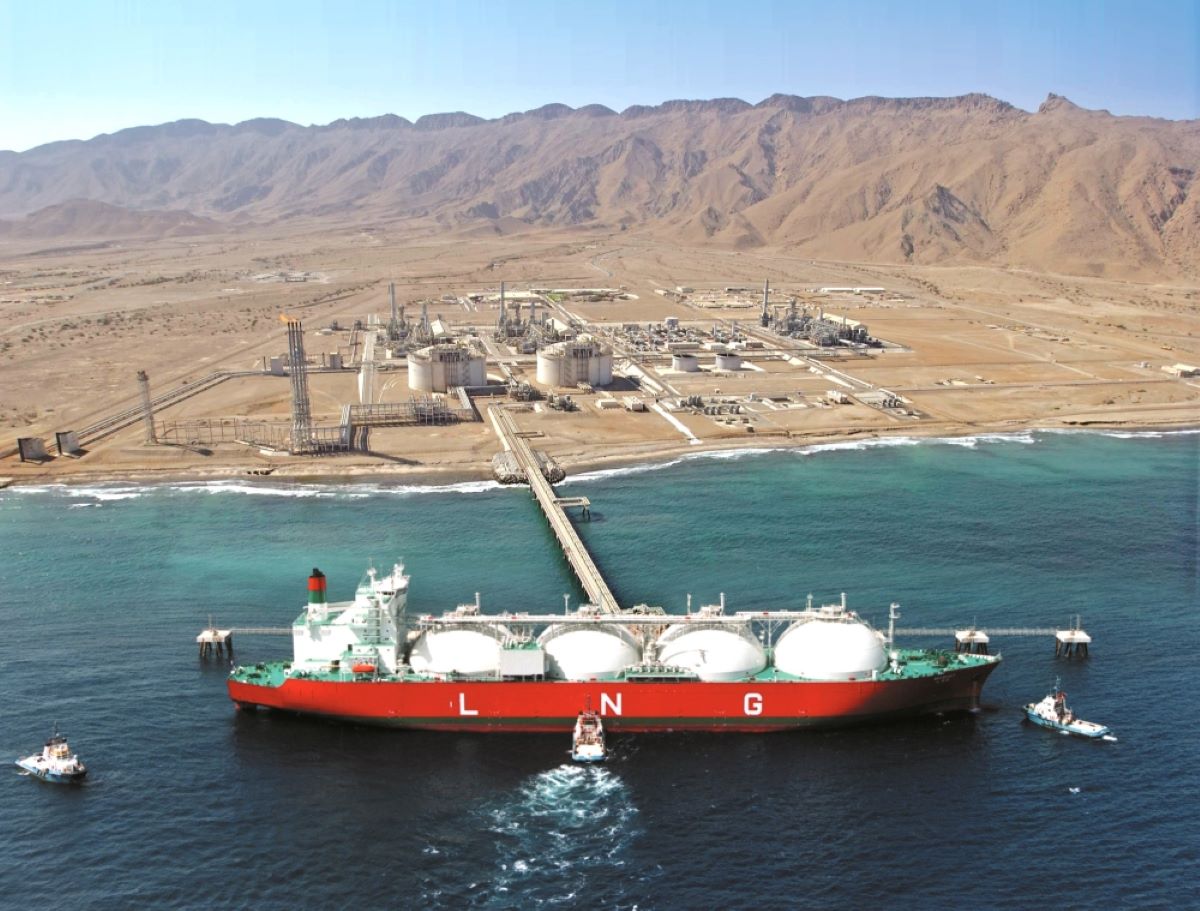Oman achieved a fiscal surplus in its budget of about 656 million Omani riyals ($1.71 billion), at the end of the first half of this year, compared to 784 million riyals for the same period in 2022.
The sultanate approved the 2023 budget with a deficit of 1.3 billion riyals ($3.38 billion), equivalent to 3 percent of GDP, after recording a surplus of about $3 billion last year.
Moody’s upgraded Oman’s rating to BA2 in May and maintained a positive outlook, attributing it to strong financial indicators.
Also earlier this year, Fitch and Standard & Poor’s revised their outlook for the sultanate, which they rated at BB, from stable to positive.
Read: Oman’s inflation takes a dip: latest figures and key highlights
Gulf oil producers last year benefited from a spike in crude prices that exceeded $100 a barrel after the Russian-Ukrainian war exacerbated fears of disruption to global energy supplies.
This year’s budget is based on an average oil price of $55 a barrel. The 2022 budget was based on the assumption of $50 per barrel.
The financial performance bulletin issued by the Ministry of Finance indicated that the state’s general revenues amounted to about RO 6.3 billion until the end of the first half of 2023, recording a decrease of 6 percent compared to the same period of 2022 of RO 6.7 billion.

Net oil revenues by H1 of this year increased by 2 percent to about RO 3.2 billion, compared to RO 3.1 billion until the end of H1 in 2022. The average price of oil achieved by the end of this period was $83 per barrel, while the average production was about one million and 61 thousand barrels per day.
Net gas revenues until the end of June 2023 decreased by 36 percent to RO 115 million compared to RO 1 billion and 729 million at the end of the first half of 2022.
The decrease is due to “a change in the methodology for collecting gas revenues according to the IGC’s financial system, which is based on supplying net gas revenues after deducting gas purchase and transportation expenses,” according to the Finance Ministry.
On the other hand, public spending until the end of the first half of this year recorded about RO 5.6 billion, down by RO 255 million, or 4 percent from the actual expenditure for the same period in 2022.
Debt
Like Bahrain, Oman’s debt burden is one of the largest among Gulf oil and gas exporters relative to its size.
Oman’s official news agency said on Sunday that by the end of the first half of the year, the Ministry of Finance had repaid more than 1.5 billion riyals of government loans, bringing the public debt down to about 16.3 billion riyals.
The ministry indicated that it did not draw from the financial reserves by H1 2023 as planned, as a result of the state’s general budget achieving additional financial revenues.
By the end of the first half, the Finance Ministry had also paid more than 507 million riyals of private sector dues received through bonds via the financial system, the agency said.
For more on Oman, click here.








